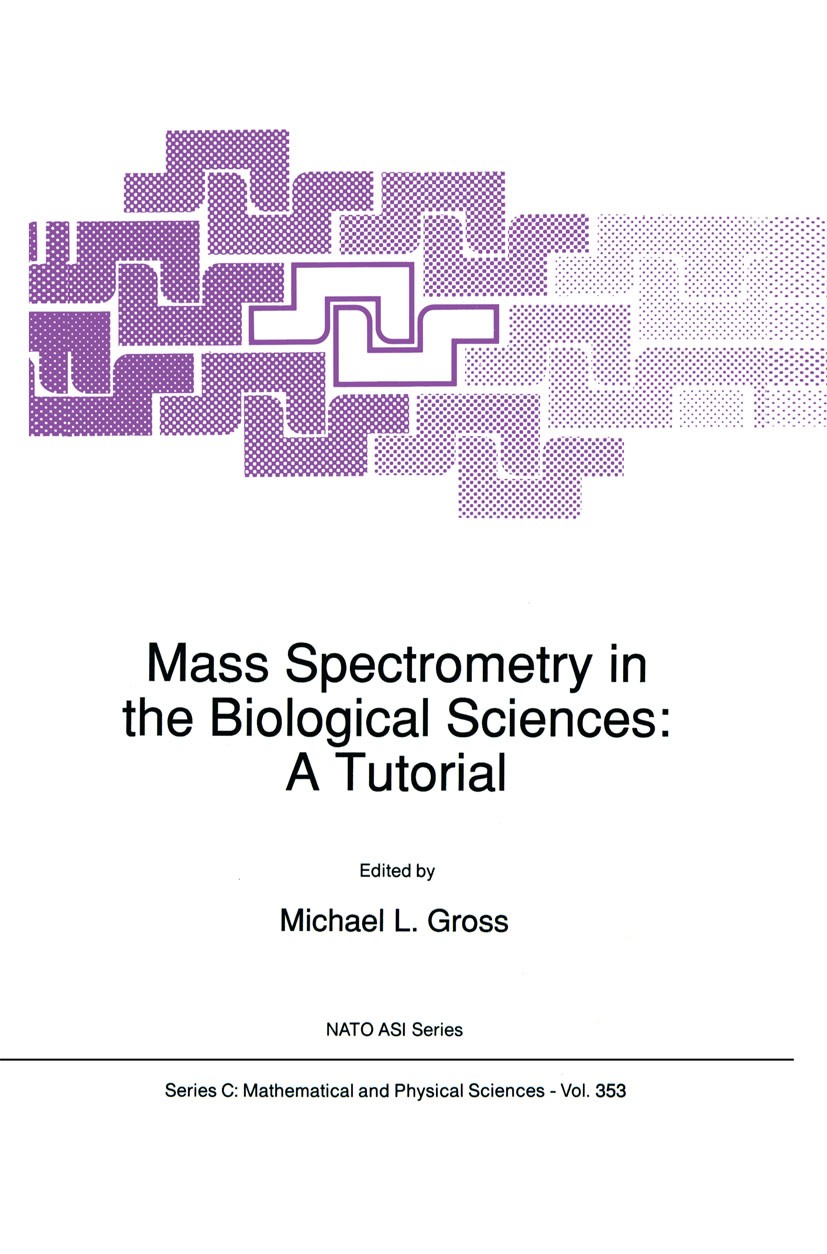| 书目名称 | Mass Spectrometry in the Biological Sciences: A Tutorial |
| 编辑 | Michael L. Gross |
| 视频video | http://file.papertrans.cn/626/625275/625275.mp4 |
| 丛书名称 | Nato Science Series C: |
| 图书封面 |  |
| 描述 | The developments in mass spectrometry over the past fifteen years have been impressive in their implications in bioanalytical chemistry. The achievements begin with the inventions of Cf-252 Plasma Desorption Mass Spectrometry by Macfarlane and Fourier Transform Mass Spectrometry by Comisarow and Marshall in the mid 1970s. The former showed the feasibility of producing large gas-phase ions from large biomolecules whereas the latter enhanced the capabilities for ion trapping especially in analytical mass spectrometry. A major achievement was the development by Barber of Fast Atom Bombardment (FAB) mass spectrometry, an advance that heralded a new era in biological mass spectrometry. Contemporary and routine instruments such as magnetic sectors and quadrupoles were rapidly adapted to F AB, and nearly the entire universe of small molecules became amenable to study by mass spectrometry. The introduction of FAB also paved the way for improvement of instrument capability. For example, the upper mass limit of magnet sector mass spectrometers was increased by nearly an order of magnitude by the instrument manufacturers. Furthermore, the technique of tandem mass spectrometry (MS/MS) was give |
| 出版日期 | Book 1992 |
| 关键词 | Mass Spectrometry; Nucleotide; bacteria; biochemistry; cell membrane; chemistry; protein; proteins; supercri |
| 版次 | 1 |
| doi | https://doi.org/10.1007/978-94-011-2618-2 |
| isbn_softcover | 978-94-010-5157-6 |
| isbn_ebook | 978-94-011-2618-2Series ISSN 1389-2185 |
| issn_series | 1389-2185 |
| copyright | Springer Science+Business Media Dordrecht 1992 |
 |Archiver|手机版|小黑屋|
派博传思国际
( 京公网安备110108008328)
GMT+8, 2025-11-16 06:38
|Archiver|手机版|小黑屋|
派博传思国际
( 京公网安备110108008328)
GMT+8, 2025-11-16 06:38


